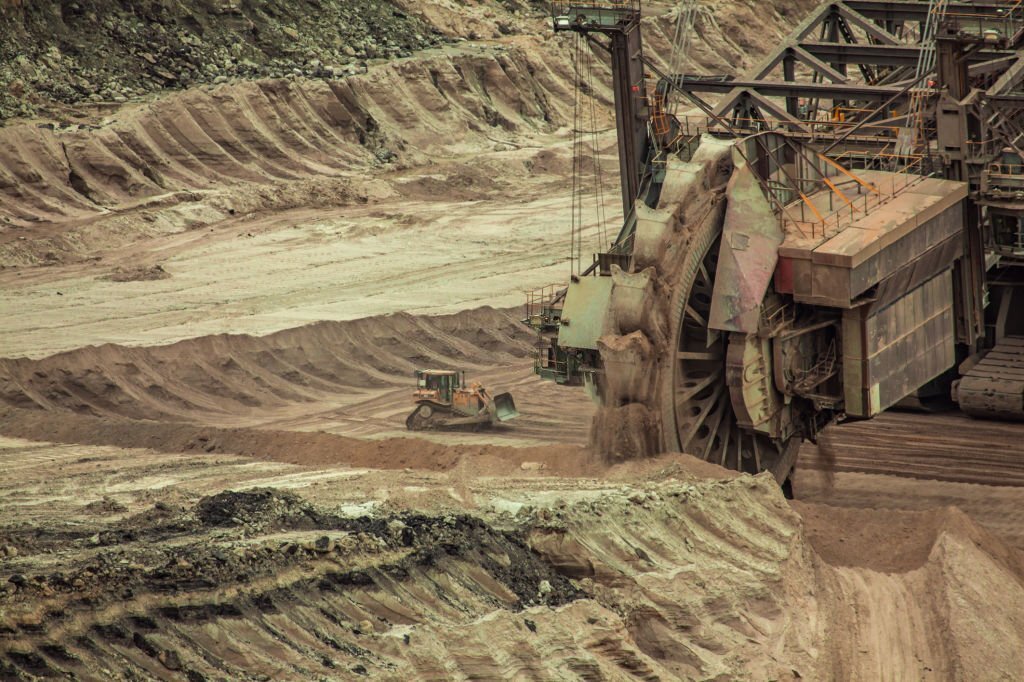
Introduction:
Construction sites are dynamic environments with inherent risks, particularly during heavy equipment operations. Trenchers, essential tools in excavation and utility installation projects, significantly contribute to enhancing safety on construction sites. These powerful machines come equipped with safety features and facilitate best practices to protect both operators and workers from potential hazards. In this article, we will explore how trenchers bolster safety on construction sites during heavy equipment operations, providing valuable insights for construction professionals seeking to promote a secure work environment.
1. Operator Safety Features:
Trenchers are designed with comprehensive operator safety features, prioritizing the well-being of those operating the machine. These safety features may include emergency stops, automatic shutoffs, protective guards, and clear visibility from the operator’s cab, ensuring quick responses to potential hazards and reducing the risk of accidents.
2. Stability and Control:
Stability is critical during trenching operations to prevent tip-overs and maintain control of the trench. Modern trenchers are equipped with robust undercarriages, balanced weight distribution, and advanced stabilization systems to enhance control and minimize the risk of rollovers.
3. Operator Training and Certification:
Proper operator training and certification are fundamental to trencher safety. Construction professionals should ensure that all trencher operators undergo comprehensive training programs, covering safe operating practices, emergency procedures, and equipment maintenance. Certification validates the operators’ competency and adherence to safety protocols.
4. Interlock Systems:
Interlock systems in trenchers prevent unauthorized access and operation. Operators must engage these systems, such as key locks or access codes, before starting the trencher, reducing the risk of accidents caused by unauthorized personnel.
5. Environmental Sensing Technology:
Some modern trenchers incorporate environmental sensing technology to detect underground utilities, obstacles, or changes in soil conditions. This advanced technology helps prevent accidental damage to utilities and ensures safe trenching operations.
6. Trench Protection Systems:
Trenchers may be equipped with protective systems such as shoring or shielding to prevent trench collapse and protect workers in the excavation area. These systems are crucial for safeguarding workers from cave-ins and promoting a secure work environment.
7. Operator Visibility:
Trenchers are designed to offer operators clear visibility of the trenching area and surroundings. A well-positioned operator’s cab and advanced camera systems enable operators to monitor trenching operations effectively, minimizing the risk of accidents and improving overall safety.
8. Safety Signs and Warnings:
Clear and visible safety signs and warnings are essential on trenchers. These signs may indicate potential hazards, operating instructions, and areas restricted to authorized personnel, promoting safe practices on construction sites.
9. Best Practices for Site Organization:
Proper site organization is essential to maintain a safe work environment. Construction professionals should establish designated pathways for trenchers, separate pedestrian areas, and clearly mark potential hazards to prevent accidents and promote safe maneuverability.
10. Regular Maintenance and Inspections:
Routine maintenance and regular inspections are critical to trencher safety. Construction professionals should adhere to manufacturer-recommended maintenance schedules and conduct thorough equipment inspections to identify and address potential issues promptly.
Conclusion:
Trenchers play a pivotal role in enhancing safety on construction sites during heavy equipment operations. Their operator safety features, stability and control systems, and incorporation of advanced technology contribute to a secure work environment. By providing proper operator training and certification, utilizing trench protection systems, and promoting best practices for site organization, construction professionals can maximize trencher safety and prevent accidents. Regular maintenance and adherence to safety protocols ensure that trenchers function optimally, safeguarding both operators and workers on construction sites. With a strong focus on safety features and best practices, trenchers become indispensable assets in promoting a secure work environment during heavy equipment operations.

